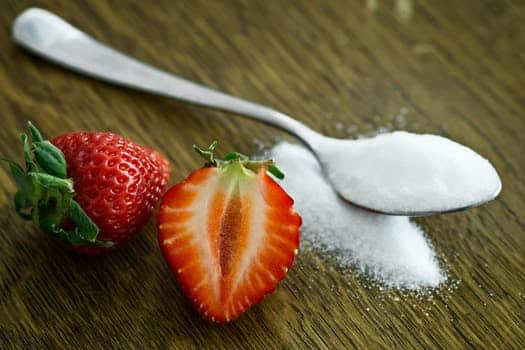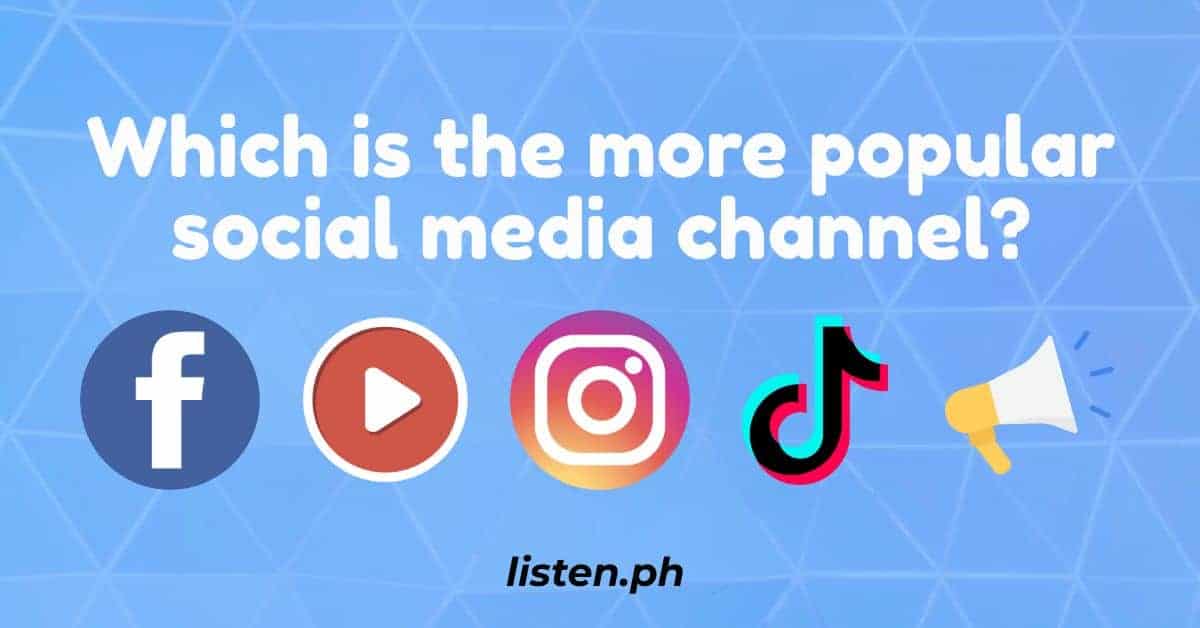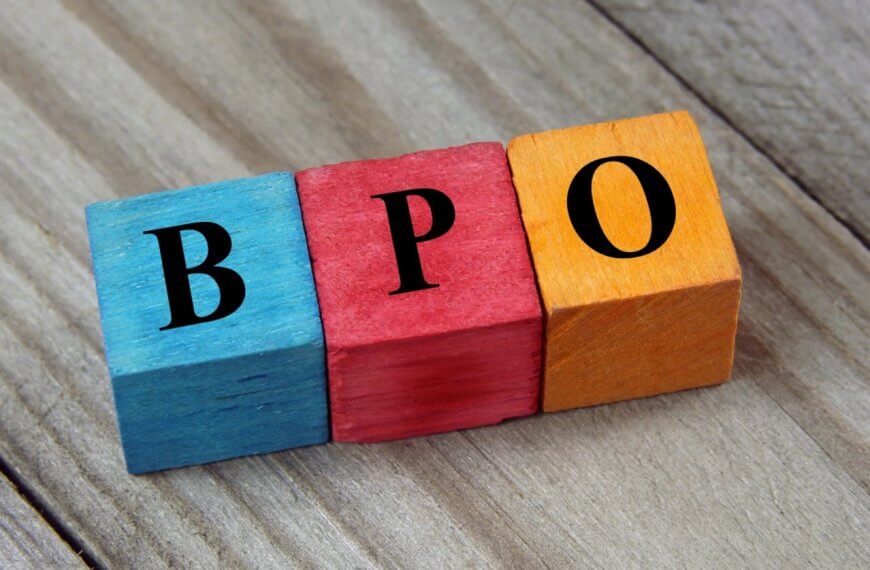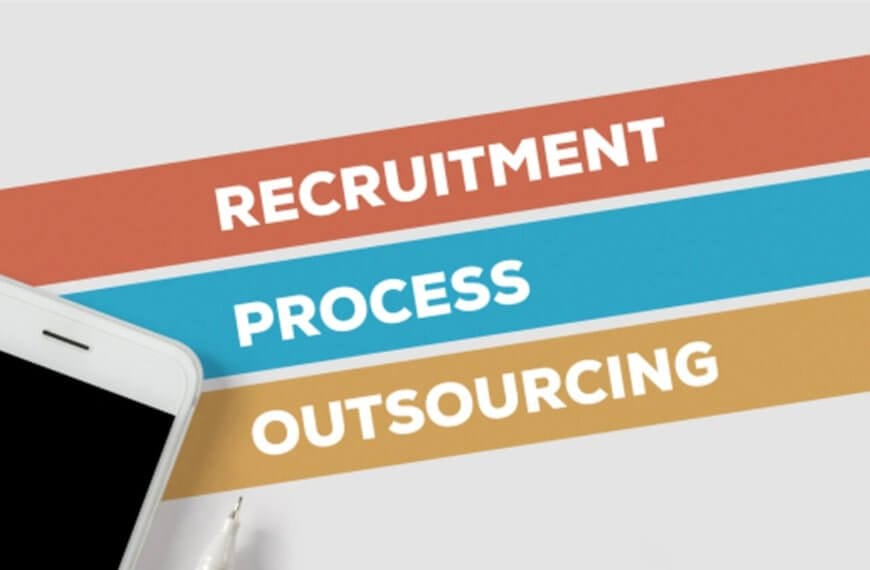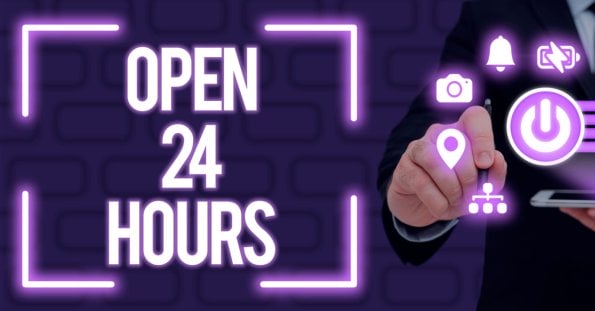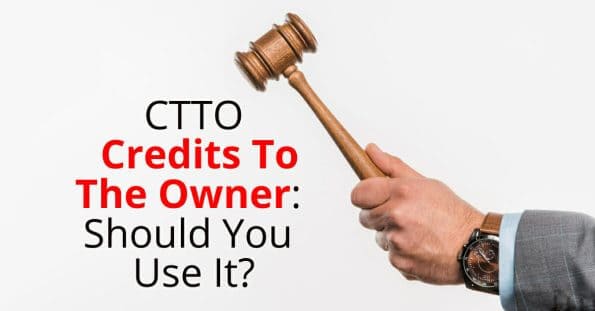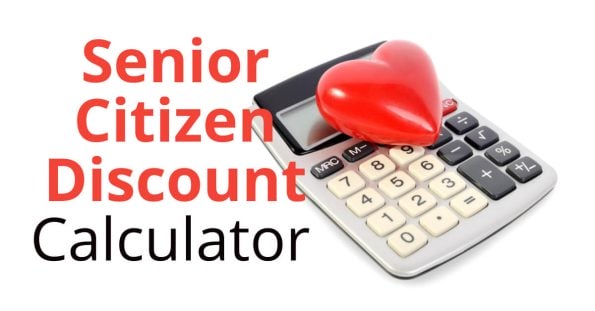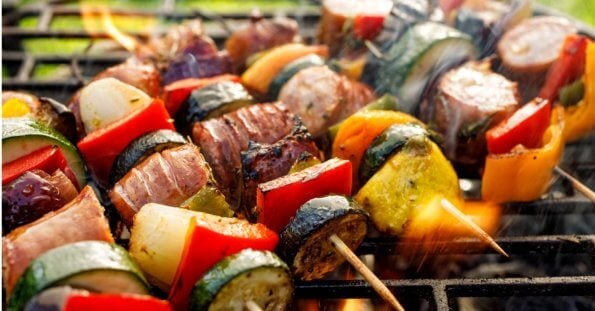by Johanna Patricia A. Cañal, MD, MHA, MSc
Let me introduce you to the concept of the Glycemic Index.
The Glycemic Index (GI) is a number that tells us how quickly a certain food can increase the blood sugar. The higher the glycemic index, the faster the blood sugar rises. This index recognizes that not all carbohydrates are made the same. For a diabetic, this means that not all carbohydrates affect your body the same way. Some carbs are better for you than others.
For example, there are several kinds of rice available—dinorado, jasmine, brown rice, black rice, basmati rice, arborio rice, etc. Please recognize that they are not all made the same. Sadly for us Pinoys, our beloved go-to fragrant white rice has the highest glycemic index. Brown rice and basmati rice have much lower GI that white rice. In other words, if a diabetic could have only one (1) cup of rice with a meal, it would be much better to eat brown rice that white rice. This way, more of the other foods (meat, viands, dessert) can be eaten.
It is the same way with bread. Whole wheat bread is better for blood sugar than white bread. I’m not going to argue with anyone about the taste. White bread is definitely better-tasting and much sweeter than whole wheat bread. This is precisely because of the table sugar that is in white bread.
Fruits have their sugar too—fructose. These however, do not raise blood sugar like bread, pastries and cakes do. So, if your buds are looking for something sweet, fruits are truly a better option for you. But even among themselves, fruits have different glycemic indices. Which fruits have lower glycemic index, you ask? Cherries, blueberries, prunes, apples, strawberries, oranges, grapefruits, kiwis, pears and peaches. As you can see, this poses a problem for us Filipinos. The fruits that are easily available here obviously have higher glycemic indices—bananas, pineapples, grapes, melons, mangoes, watermelons. Sigh. Talo.
The one thing that you don’t have to worry about is the vegetables. All vegetables have relatively low glycemic index. Even the vegetable with the highest glycemic index (carrots) still has a lower GI than many fruits.
It is true that early diabetes can be managed with diet. The diet has to be just right. For this, hearsay and tsismis will not cut it. The best thing would be to seek the advice of a board-certified nutritionist.
Suggested internet search terms: glycemic index, blood sugar, rice, white bread vs. wheat bread
Hello!
This short article is part of a series of articles that is designed to make health care more understandable to non-doctors.
As a way of disclosure, I am a radiologist and a radiation oncologist. My strengths, therefore, are diagnosing illness, particularly cancer, and cancer treatment. Thus, I will be talking about medical tests and what these are about.
I shall also be talking about the dreaded disease, cancer. In the 2nd decade of the 21st century, cancer is the #4 cause of death worldwide. NUMBER 4! It used to be #10. It has obviously been going up. The number 1 and 2 killers are cardiovascular diseases…translated into heart attacks and strokes. Number 3 is pneumonias and lung diseases.
The previous century was known as the century of infectious diseases. The most common causes of disease and death were bacterial and viral pneumonia and tuberculosis. The present century is the century of the lifestyle disease. That is, infections don’t play as big a part as lifestyle diseases. What are those? Heart disease, strokes, cancers and injuries/accidents.
But then again, the 21st century has just started, and we already have a pandemic. One never knows what will happen in the next 10, 20 or 30 years. Thus, this series will discuss a range of topics, hopefully the topics most relevant to you.
If there is a topic that you want clarified, please do drop me an e-mail at [email protected]. Please just fill in the subject line with: [SULIT] Your question

